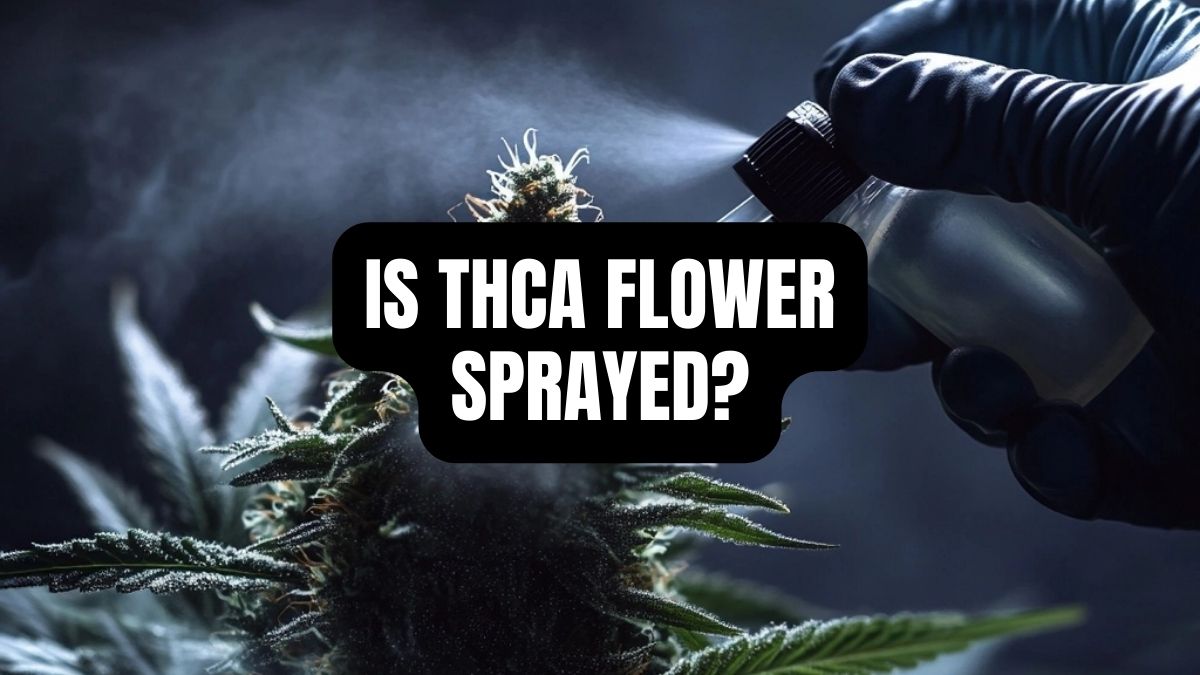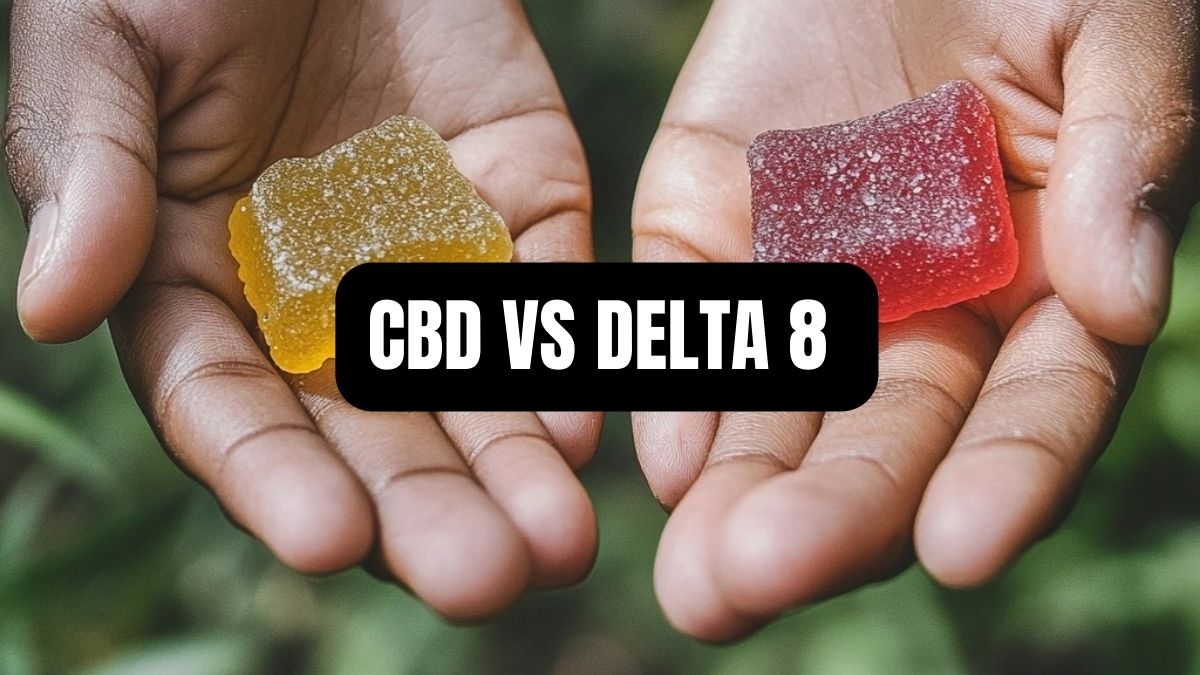When it comes to cannabinoids, most people are familiar with CBD and THC. However, there are other significant cannabinoids present in cannabis sativa, including cannabigerolic acid (CBGa) and cannabigerol (CBG). In this article, we will delve into the unique characteristics and benefits of CBGa and CBG, addressing the differences between them. From their psychoactive effects to their potential to treat various conditions, we will explore the role of these cannabinoids in cannabis plants and their impact on human health.
Understanding CBG and CBGa
CBGa, also known as cannabigerolic acid, and CBG, cannabigerol, are the second most common cannabinoids found in cannabis sativa. While CBGa is typically second to CBDa in hemp, in marijuana, it is second to THCa. However, there are exceptions, as some “hemp” strains exhibit CBGa as their most abundant cannabinoid. Understanding the abundance of CBGa in cannabis plants sheds light on its importance.
The Abundance of CBGa in Cannabis Plants
Cannabis sativa has been utilized by humans for thousands of years, resulting in a diverse range of plant variations that produce numerous chemicals. Cannabinoids, including CBGa, are produced by the plant as a form of chemical warfare against potential harm from grazing, viruses, bacteria, or fungi. These chemicals are produced through biochemical pathways. To produce CBDa or THCa, the plant first synthesizes CBGa. Thus, the abundance of CBGa in hemp and marijuana reflects its role as a precursor to CBDa and THCa.
CBG and CBGa: Acidic Versions of Cannabinoids

All cannabis varieties naturally produce acidic versions of cannabinoids, including THC, CBD, and CBG. The plant does not produce these cannabinoids directly; they are the result of a chemical reaction called decarboxylation, which primarily occurs through heat or sunlight. While decarboxylation is essential for THCa to transform into psychoactive THC, CBGa does not undergo the same process. Both CBGa and CBG offer unique benefits, even in their acidic form, with CBGa often found in higher ratios compared to CBG.
Psychoactive Effects of CBGa and CBG
CBGa and CBG are commonly referred to as non-psychoactive cannabinoids, but the full story is more nuanced. These cannabinoids contribute to the entourage effect in cannabis flower, which is believed to provide a more energetic experience. In a recent study, CBG was found to significantly modulate the CB2 receptor, while exhibiting weaker effects on the CB1 receptor. Although minimal action occurs at the CB1 receptor, which is typically associated with psychoactivity, CBG seems to have a positive contributing effect and is more likely to potentiate THC at this receptor. CBGa and CBG also demonstrate strong action at the CB2 receptor, similar to CBDa and CBD, and offer unique benefits.
Anticonvulsive Properties of CBGa

CBGa has gained attention in numerous clinical studies for its remarkable anticonvulsive properties. In one study, CBGa was found to be the most potent among several cannabinoids, including CBDVa and CBGVa, in terms of their anticonvulsant potential. This suggests
that CBGa may offer greater efficacy than CBD in treating seizures. Additionally, CBGa has shown the ability to affect certain drug targets relevant to epilepsy, further highlighting its potential as an anticonvulsant. In fact, CBGa has been found to potentiate the anticonvulsant effects of clobazam in specific types of seizures. These findings emphasize the powerful anticonvulsive properties of CBGa and its potential in the treatment of epilepsy.
CBGa and Metabolic Function
Ongoing research has demonstrated that CBGa exerts significant effects on various metabolic functions. In a study conducted on aldose reductase (ALR2), an enzyme often associated with complications in diabetes, CBGa was found to act as an inhibitor, significantly inhibiting ALR2 activity. This inhibition suggests a potential therapeutic role for CBGa in managing metabolic diseases. Moreover, CBGa has been shown to act as an agonist at the PPARα/γ receptors, which are targeted by medications developed to treat metabolic disorders. This dual agonistic effect of CBGa on the receptor enhances its potential to modulate lipid metabolism and regulate hyperglycemic systems.
CBGa and Neuroprotectivity
CBGa has also shown promise in exhibiting neuroprotective properties through various modes of action. Studies have indicated that CBGa, along with other cannabinoids, increases the number of viable bone marrow-derived mesenchymal stem cells (BMMSCs). These cells play a crucial role in immunomodulation and neuroprotection, making CBGa a potential candidate for the treatment of neuroimmunological and neurodegenerative diseases, such as multiple sclerosis.
Furthermore, CBGa has been found to act as a potent desensitizer of TRP (transient receptor potential) channels. Although the direct connection between TRP channels and neuroprotection is not fully understood, these channels are implicated in a wide range of neurological disorders. For example, TRPA1 channel activation is thought to regulate astrocyte-mediated inflammation in Alzheimer’s disease, while TRPV1 channel activity is associated with epilepsy, neuronal excitability, and synaptic transmission. CBGa’s interaction with TRP channels suggests its potential to improve neurological symptoms related to these conditions.
CBGa and CBG: The Entourage Effect

CBGa and CBG are cannabinoids that not only contribute to the entourage effect when combined with other cannabinoids but also possess unique attributes on their own. The entourage effect refers to the synergistic interaction among various compounds in cannabis, including cannabinoids, and terpenes, which enhances their overall therapeutic potential. CBGa and CBG play integral roles in this phenomenon, amplifying the effects of other cannabinoids through different mechanisms.
While CBDa and CBD are often associated with calming and relaxing effects, CBGa and CBG offer a more energetic side to the experience. Users describe CBGa and CBG as providing similar attributes to CBDa and CBD but with an added boost of energy. This makes them valuable ingredients when formulating cannabis mixes with specific purposes in mind.
In conclusion, CBGa and CBG are two cannabinoids found in cannabis sativa that exhibit distinct properties and potential health benefits. While often considered non-psychoactive, CBGa and CBG contribute to the entourage effect, enhancing the effects of other cannabinoids, particularly THC. CBGa has shown significant anticonvulsive properties, potentially surpassing CBD in efficacy. Additionally, CBGa demonstrates effects on metabolic function and neuroprotection, making it a promising compound for managing metabolic diseases and neurological disorders.
As research on cannabinoids progresses, a deeper understanding of CBGa and CBG will likely emerge, shedding more light on their therapeutic applications. These cannabinoids offer unique attributes and a range of potential benefits that warrant further investigation. As the second most abundant cannabinoid in cannabis plants, CBGa holds immense significance in the synthesis of other cannabinoids such as CBDa and THCa. Its role as a precursor showcases the intricate biochemical processes within the plant and the complexity of cannabinoid production.
Moreover, CBGa and CBG demonstrate their own therapeutic potential beyond their contribution to the entourage effect. CBGa has shown remarkable anticonvulsive properties, while CBG exhibits potential in various areas, including its effects on inflammation, pain, and even as a potential treatment for glaucoma. As the field of cannabis research expands, it is essential to continue exploring the unique properties and potential benefits of CBGa and CBG. These cannabinoids have already shown promise in diverse areas, and their future applications may extend to a wide range of medical conditions and wellness practices.
CBGa and CBG are valuable constituents of cannabis sativa, offering a deeper understanding of the plant’s complexity and potential therapeutic effects. By harnessing their individual attributes and studying their interactions with other cannabinoids, researchers and healthcare professionals can unlock new possibilities for cannabis-based treatments and improve the well-being of individuals seeking alternative therapeutic options.
Facebook
Reddit
LinkedIn
Email
Print






